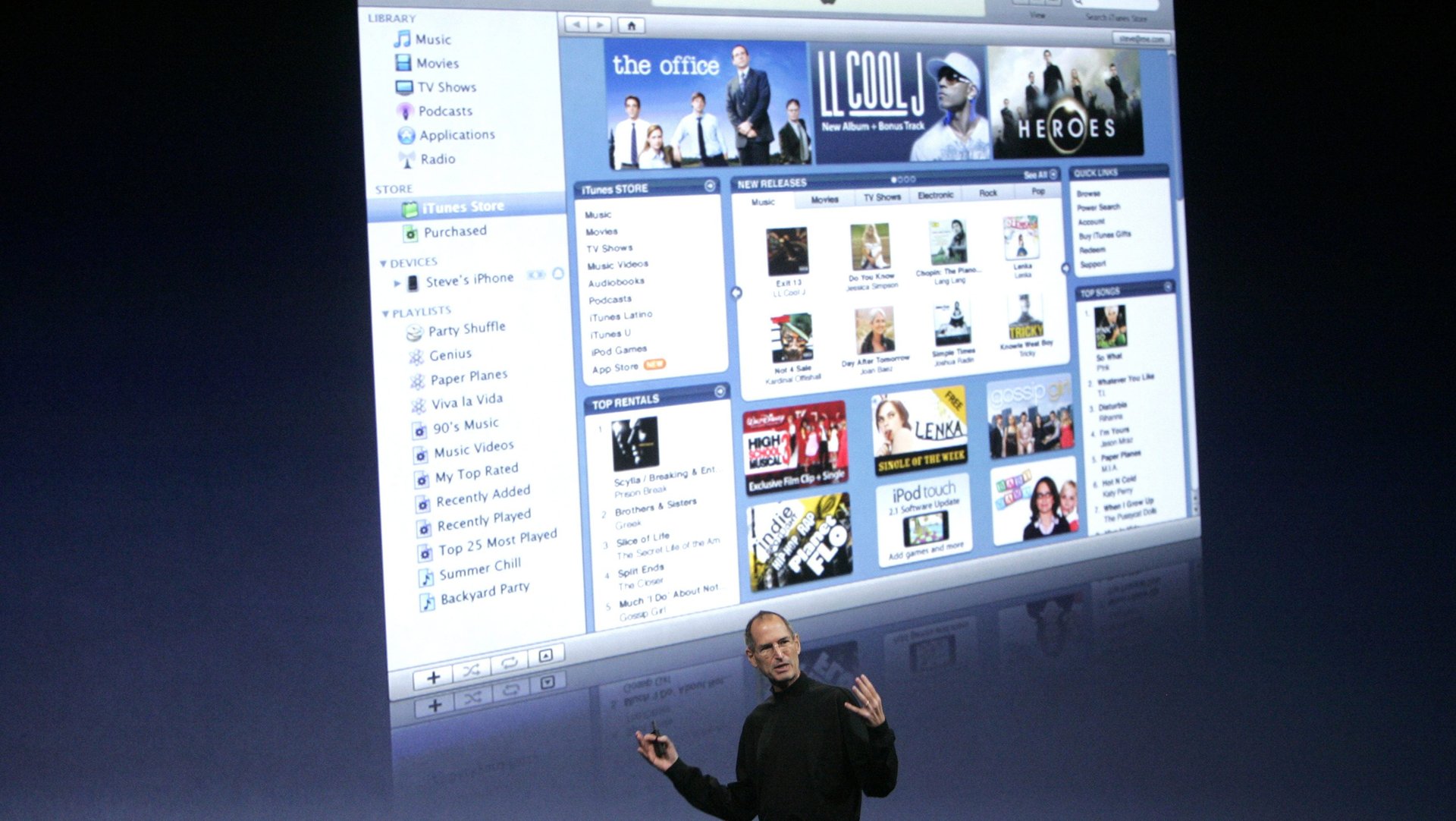The iTunes single has never been so unpopular
In the 20th century, people largely bought albums, a dozen or so songs hand-selected by artists and packaged by their labels. Even so-called singles came with bonus tracks and remixes. Artist releases were essentially bundle deals.


In the 20th century, people largely bought albums, a dozen or so songs hand-selected by artists and packaged by their labels. Even so-called singles came with bonus tracks and remixes. Artist releases were essentially bundle deals.
The $.99 iTunes single represented the music industry’s unbundling.
Introduced in 2003 along with the iTunes store, the digital single broke commercial music down to its smallest commercial unit. Most iTunes singles cost just $.99. Most albums sold for $9.99. It was the perfect financial arrangement for Apple’s iPod, but the music industry as a whole suffered. The industry shrank from its peak of $24 billion in revenue in 1999, adjusted for inflation, to a nadir of $7.7 billion in 2014. (the 2000s saw the rise of popular pirating, torrenting, and peer-to-peer music sharing sites, along with iTunes.)
But digital downloads peaked in 2012, making nearly $3 billion—41% of revenue from US music sales, according to the Recording Industry Association of America (RIAA). But the digital download is now a relic according to new data from the RIAA. Digital albums and singles combined brought in just $500 million last year—only 4% of revenue from US music sales.
Digital downloads are out,
streaming and
v
inyl
are in
The US music industry has managed to revive its fortunes. Although revenue (inflation-adjusted )peaked in 1999, the industry brought in $15 billion last year, up 23% from 2020 and its best year in more than a decade. It can thank the streaming services. Spotify and Apple Music account for about 60% of the industry’s revenue. (Even Apple, the face of the digital download, pivoted to a streaming-first strategy around 2015.)
Paid subscriptions to these music streaming services represented $8.6 billion. Another $1.8 billion came from ad-supported streaming including licensed music for social media apps like TikTok. The entire category, which also includes digital radio, brought in $12.4 billion in 2021 representing 84% of the market.
Almost every music format had a banner year in 2021. Streaming revenue grew 24% year over year, slightly outpacing the industry as a whole. Physical media outdid that: CD sales grew 21% to $584 million and vinyl sales jumped a whopping 61% to $1 billion. Last year was the first that vinyl outsold CDs since the firm, formerly Nielsen SoundScan, started tracking music sales in 1991, MRC Data reported in January.
But digital downloads, the dominant music format as recently as 2015, appear to be in terminal decline. It was the only major category to fall year over year, down 12% to $587 million in 2021.
🎧 For more intel on the latest music trends, listen to the Quartz Obsession podcast episode on disco. Or subscribe via: Apple Podcasts | Spotify | Google | Stitcher.
We’re entering an era of rebundling of music. The audience no longer pays for individual songs or albums, but purchases subscriptions to nearly infinite catalogs of music, while ownership has reverted back to the physical formats, the big clunky plastic discs of the previous century.
Digital downloads, it turns out, were a one-hit-wonder.